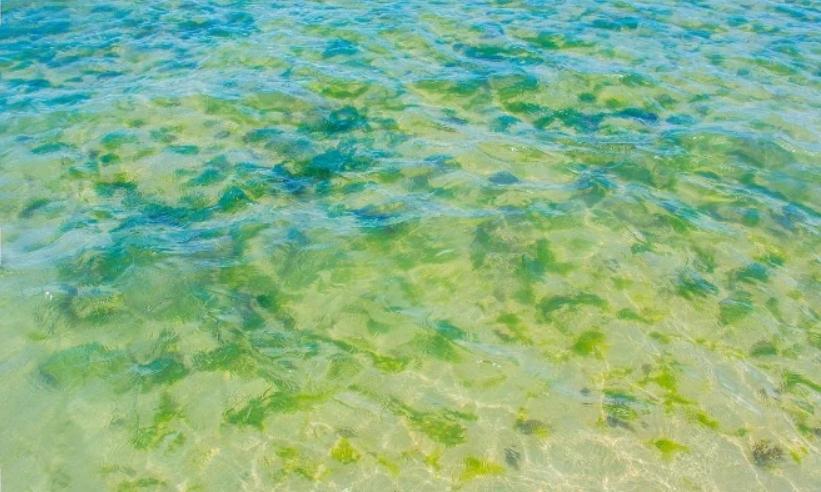Shocking your pool is essential in keeping your water clean and clear. Whether you’re fighting algae or bacteria or just want to make sure your pool stays fresh, the key is to know how to apply shock correctly. These include a robot pool cleaner, pool vacuum, and skimmer, and while these tools help maintain your pool, shocking is essential to keep your water sanitized.
Pool Shock Importance: Why is Pool Shocking Important?
Pool shock is a superchlorinated or nonchlorinated chemical substance that neutralizes contaminants. It aids in breaking down organic materials, eliminating bacteria, and dispelling algae build-up—frequent shocking—a robotic pool cleaner and vacuum cleaner for the pool guarantees sanitary swimming.
How to Properly Shock Your Pool
Choose the Right Shock Type
You may have noticed there are various types of pool shocks:
Calcium Hypochlorite (Cal-Hypo) — Very strong; economical, but must dilute beforehand.
Sodium Dichlor – Stabilized chlorine that gets dissolved easily.
Potassium Monopersulfate (Non-Chlorine Shock) – Best for regular maintenance
Test the Water Balance
Test with a kit to check the pH and chlorine levels before adding shock. The ideal pH should be around 7.2-7.6.
Prepare the Shock Solution
If you are using Cal-Hypo, break it down in a bucket of warm water before pouring it into the swimming pool.
Alternatively, other shock types can be directly poured into the pool.
Distribute the Shock Evenly
Distribute the solution evenly along the pool’s perimeter.
Run the pool pump for 8–12 hours to allow the chemicals to be properly circulated.
Avoid Swimming Immediately
Do not swim again for at least 24 hours or until the chlorine levels have fallen below five ppm.
Common Mistakes to Avoid
Not Running the Pool Pump
A pool cleaning robot on its own won’t distribute shock. Do not forget to run the pump to circulate the chemicals.
Adding Shock During the Day
Chlorine is less effective in sunlight. The evening is the best time to shock your pool.
Neglecting Routine Pool Maintenance
In addition to shocking, using a swimming pool robot cleaner and a skimmer works to remove debris and prevent algae from growing.
Technology vs. Manual Cleaning: A Comprehensive Comparison
Shocking is just one aspect of a proper pool maintenance routine. When equipped with upgraded tools such as the Beatbot AquaSense 2 Ultra, Beatbot AquaSense 2 Pro, and Beatbot AquaSense 2, you can ensure your pool stays in peak condition by making quick work of wall scrubs and vacuuming debris. “Will a pool robot pick up algae?” The answer is yes—some models do a good job of removing algae and other debris.
Additional Pool Care Tips
Detailed Information on Acid Washing Your Pool
Know how to drain an inground pool without a pump if necessary.
If you are looking for a deep-cleaning response, you might also want to consider a wall-climber pool cleaner.
If you have a pressure-side cleaner, understand what a pool booster pump is and how it works.
Conclusion
A robot pool cleaner paired with regular shocking is the best strategy for a crystal-clear pool. Apply it properly, and remember, your pool vacuum robot or skimmer will help you achieve the best outcome in pool water care. As the temperatures rise, maintaining the correct ratio of chemical versus physical upkeep is essential to a safe and enjoyable swimming experience all season.







